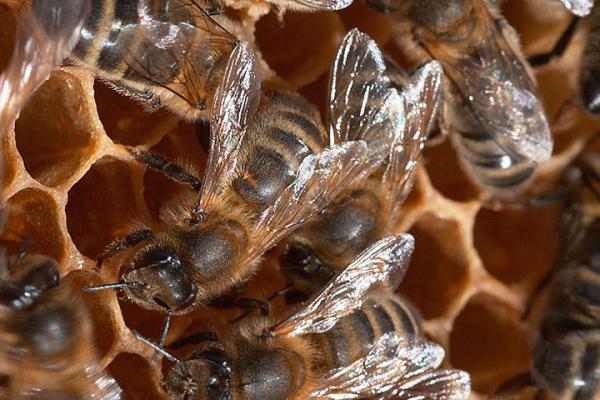The virus has been spreading through the Americas since it reached Brazil from Polynesia in 2014.
While three quarters of people who catch the disease feel no symptoms at all, it has been linked with a rise in the number of children born with underdeveloped brains, a severe condition known as microcephaly, as well as brain damage in adults.
“‘It means that we may therefore be able to modify, or prevent, an infection of certain cells by the virus in the future.’
However, in a paper to be published on 10 January in the journal Cell Reports, researchers outline a discovery that could unlock a way to block the disease from damaging the brain.
‘This is an important paper because it outlines… a mechanism which allows it to explain why some central nervous system cells become infected,’ explained Professor Xavier de Lamballerie, from Aix-Marseille University in France, who is the scientific coordinator of the EU-funded ZIKAlliance project that made the discovery.
The project, which involves hundreds of scientists across Europe and Latin America, is one of three that last year shared a EUR 30 million fund from the EU to look at the link between Zika and microcephaly.
It was one of the studies running as part of this project, based at the French National Institute of Health and Medical Research (INSERM), that identified the mechanism used by the Zika virus to enter brain cells.
The paper showed that a molecule, a protein known as Axl, dampens the immune system’s response to Zika, meaning that targeting Axl with drugs might help reverse this effect.
Future treatment
Prof. de Lamballerie said that while the paper was based on relatively fundamental work, it may clear the way for a future treatment.
‘This mechanism is one upon which we could potentially have interactions, including therapeutic ones,’ he said. ‘It means that we may therefore be able to modify, or prevent, an infection of certain cells by the virus in the future.’
However, he cautioned that it was too early to say for sure as there was still a lot of work to be done in finding a drug that could target the mechanism safely.
As of 5 January this year, the WHO and the Pan American Health Organization report that there have been over 2 500 confirmed cases of so-called congenital syndrome linked to Zika, which includes microcephaly and other forms of damage to babies whose mothers were infected while they were in the womb.
The main priority is to protect women from mosquito bites while they are pregnant, Prof. de Lamballerie said. However, many still become infected and the big task over the next few months is to improve diagnostic tests for those women to enable them to decide the best course of action.
‘What we know is that the foetuses that do survive need care that is effective, rapid and adapted that will improve their prognostic,’ he said.
If you liked this article, please consider sharing it on social media.




